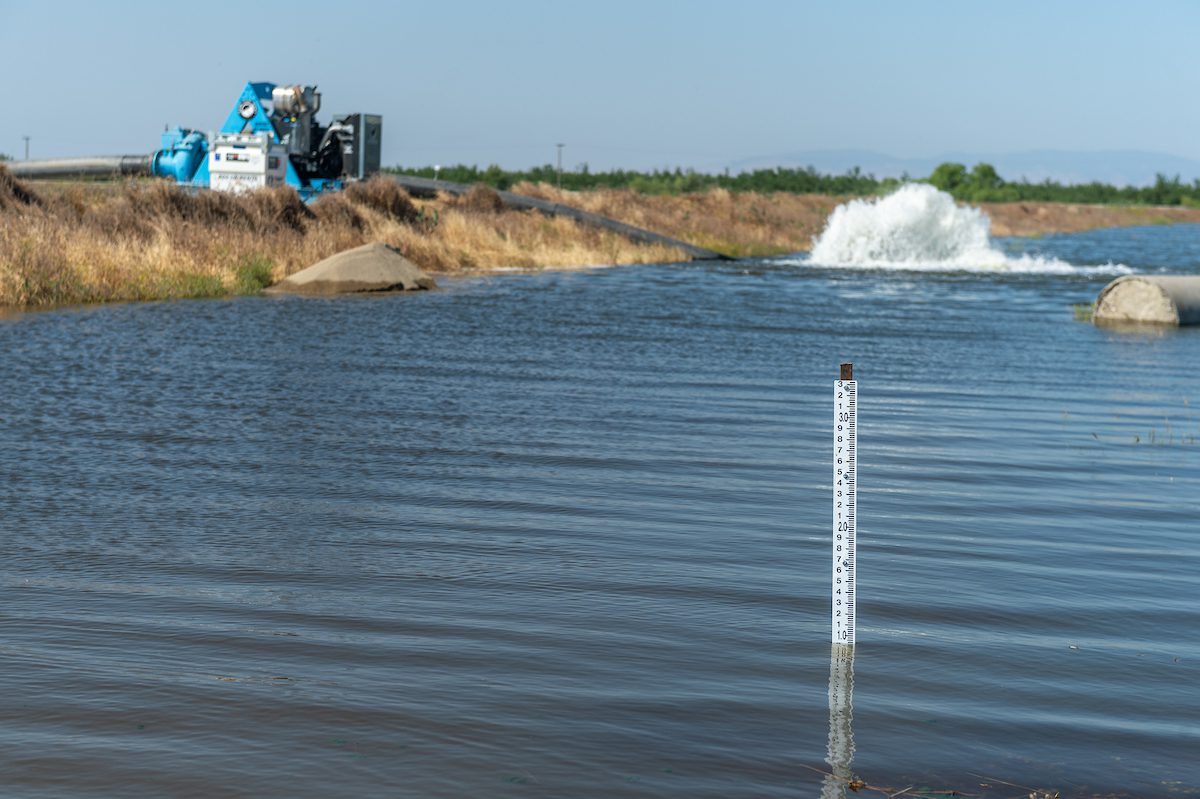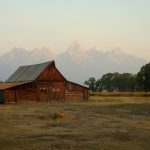- California groundwater basins gain 8.7 million acre-feet thanks to winter storms and conservation efforts.
- The state achieves groundwater recharge levels nearly matching Shasta Lake’s storage capacity.
- Reduced groundwater pumping leads to an easing of land subsidence.
- Groundwater Sustainability Agencies report key data for the first time.
May 7, 2024 — California’s recent wet winter and focused water conservation strategies have significantly boosted the state’s depleted groundwater supplies. In a report released Monday, the California Department of Water Resources (DWR)  shared promising data. The state achieved an impressive 4.1 million acre-feet of managed groundwater recharge in Water Year 2023. This is close to Shasta Lake’s total water storage capacity. Overall, groundwater storage saw an increase of 8.7 million acre-feet, marking the first reported increase since 2019.
shared promising data. The state achieved an impressive 4.1 million acre-feet of managed groundwater recharge in Water Year 2023. This is close to Shasta Lake’s total water storage capacity. Overall, groundwater storage saw an increase of 8.7 million acre-feet, marking the first reported increase since 2019.
These positive trends are linked to reduced groundwater pumping during 2023, resulting in a welcome decrease in land subsidence (sinking of land). Portions of the state that had suffered from land subsidence are even seeing some rebound thanks to restored groundwater levels.
The encouraging report also contains the first-ever annual data collected from Groundwater Sustainability Agencies (GSAs), representing over 90% of groundwater usage statewide.
While these results are significant, officials emphasize that there’s still a long journey ahead. After two decades of over-pumping, groundwater storage remains at a deficit of nearly 40 million acre-feet.
“California is invested in preparing for weather extremes by maximizing the wet years to store as much water as possible in preparation for the dry years,” said Paul Gosselin



DWR highlights the need for further investment in groundwater recharge projects, water infrastructure upgrades, and water distribution system modernizations to maximize the impact of future heavy rainfall years.
Image:
“The James Irrigation District utilizing pumps from DWR’s Emergency Pump Program to divert water and fill a basin for groundwater recharge in San Joaquin, Fresno County,” via California DWR news release









Leave a Reply